Web Development
E-Commerce Websites
Affiliate Marketing
Google AdWords
Website Articles
Search engine optimisation is about presenting your website in a way which search engines can understand it better, and hence rank it better. The search engines are aware that people actively optimise their websites so that they can get better rankings and in a lot of cases, they give hints on how to do this effectively.
However, there is another side of search engine optimisation which is to try to trick the search engines into giving higher rankings than the website naturally deserves. The methods used are known as Black Hat techniques, as opposed to the preferred White Hat methods.
When someone looks at your company brochure or catalogue, they will almost always see the front cover first, then flick through it from front to back. Or after looking at the contents page, will jump to the section that they want.
Your website is different. Not all visitors will see your homepage first then click on the links to get to the section that they want.
A lot of companies assume that they only have one entry in the search engines per website. But it's actually per page.
Why does this matter?
Well, understanding this difference is crucial to understanding why blogging is so powerful.
Whilst everybody is desperately trying to get into the top ten search results on Google, there is a slightly easier route to getting more visitors from Google for a lot of companies.
Google Maps can be a very important source of visitors for geographically specific companies. It is particularly useful for companies that would traditional receive a lot of their custom from local directories such as the Yellow Pages.
We always recommend complete adherence to the W3C compliance standards, it's a central tenet of our business. So we notice the W3C logo on websites that also claim to be compliant.
This is a great idea. It shows that you are a competent website developer, that you understand the importance of industry standards and that you understand the improved results that following these standards can bring to your business. Unless, of course, your website is not W3C standards compliant.
- Don't display "under construction" pages
- Don't use automatic submission services
- Acajoom component upgraded for our clients
- What are captcha fields for
- The basics of search engine optimisation (SEO)
- If your business isn't on Facebook, you don't exist
- 94% of websites are not written correctly
- Use discount codes profitably
- What do I need to know about accessibility
- Web Design in Gloucester
- Should I pay for business directory listings?
- Don't tell your visitors what software to use
- Website standards and usability
- Search engine optimisation
- Writing good javascript
- Intelligent use of server side languages
- Never use introduction pages
- Intelligent use of client side languages
- Use the right tool for the job
- The Dangers of Flash and Shockwave
- Websites: IT vs Creative Design
- Tables versus CSS div positioning
- OpenGlobal AddThis
- OpenGlobal JEA Advanced Search
- OpenGlobal W3C Ampersands for Joomla
- OpenGlobal Random Ad Inserter
- How to Determine Website Quality
- SEO Consultant Myths and Lies












